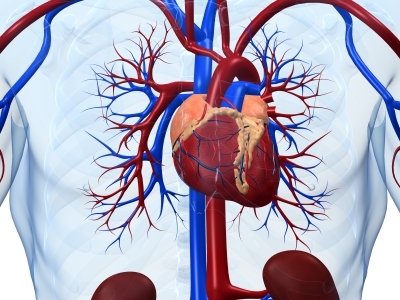Study conducted on insomnia reveals a number of differences, excitability of neurons being one of them
There’s a clear difference between people who can sleep at night and those who cannot – those with chronic insomnia tend to show more plasticity, more activity in motor cortex and the ability to change too.
In an interview, Rachel E. Salas, an assistant professor of neurology at the John Hopkins University School of Medicine, said, “Insomnia is the most common disorder seen in clinics. It’s like a car that’s always running or a light switch that’s always on. With each person, there may be different factors causing and perpetuating it, so that makes it very difficult to treat. There’s a big need for research in this area.”
![]()
Dr. Jan Zemplenyi is a specialist of Cosmetic Surgery and Facial Plastic Surgery with a history of helping patients achieve their goals. Read Dr. Jan Zemplenyi Reviews or schedule a visit today by calling his office. For more information, visit the website for Dr. Jan Zemplenyi.
In her study of 28 individuals, 10 good sleepers and 18 struggling with insomnia, reached the aforementioned conclusions yet also being able to work better with simple as opposed to complex tasks.
This was done by administering transcranial magnetic stimulation (TMS), which is a treatment used for depression and transmits electromagnetic currents to specific locations of the brain.
What they also found was that the excitability of neurons in the same brain region that was tested was much higher in insomnia patients.
In fact, she went on to say that even though sleep loss is considered to be hyperarousal, it is, according to her, a dis-regulation of arousal. This stems from the fact that insomnia patients tend to struggle with higher cortisol levels as well as faster EEGs apart from problems with concentration and memory.
One quarter of the population of the United States suffers from insomnia at some point of time or the other.


